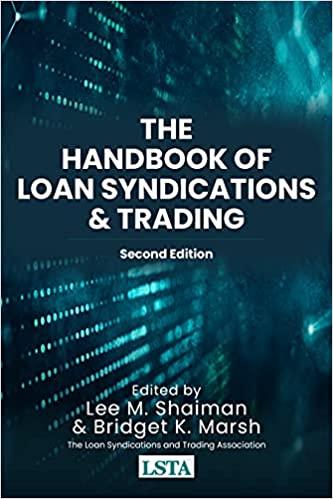
Consider a three-period economy with a continuum of agents. Each agent is endowed with one unit of a good in period 0, which she must use to finance consumption C1, C2 in periods 1 and 2. Agents have access to two technologies. Technology a is a one-period technology that returns A for every unit invested in the previous pe- riod. Technology B is a two-period technology: each unit invested in this technology returns B after two periods, while premature liquidation after one period returns nothing. The agents are ex-ante identical but subject to consumption uncertainty: with probability a an agent will want to consume only in period 1, and with proba- bility 1 7 she will want to consume only in period 2. The ex-ante utility function of all agents is U = 7 In(ci) +8(1 7) In(C2), where 8 1. Hint: this is a slightly altered version of the standard model we covered in class. The classroom version had different notation, assumed A = 1, and premature liquidation yielded L >0. (a) What is the outcome in a situation of financial autarky. Identify any assumptions you make and explain the outcome. (b) Specialise the analysis to the case where A = 1. Obtain the optimal symmetric allocation in this economy. (c) Explain how a system of fractional reserve banking can implement the optimal outcome. Identify any assumptions. (d) What is a bank run? Why is fractional reserve banking vulnerable to bank runs? Consider a three-period economy with a continuum of agents. Each agent is endowed with one unit of a good in period 0, which she must use to finance consumption C1, C2 in periods 1 and 2. Agents have access to two technologies. Technology a is a one-period technology that returns A for every unit invested in the previous pe- riod. Technology B is a two-period technology: each unit invested in this technology returns B after two periods, while premature liquidation after one period returns nothing. The agents are ex-ante identical but subject to consumption uncertainty: with probability a an agent will want to consume only in period 1, and with proba- bility 1 7 she will want to consume only in period 2. The ex-ante utility function of all agents is U = 7 In(ci) +8(1 7) In(C2), where 8 1. Hint: this is a slightly altered version of the standard model we covered in class. The classroom version had different notation, assumed A = 1, and premature liquidation yielded L >0. (a) What is the outcome in a situation of financial autarky. Identify any assumptions you make and explain the outcome. (b) Specialise the analysis to the case where A = 1. Obtain the optimal symmetric allocation in this economy. (c) Explain how a system of fractional reserve banking can implement the optimal outcome. Identify any assumptions. (d) What is a bank run? Why is fractional reserve banking vulnerable to bank runs







